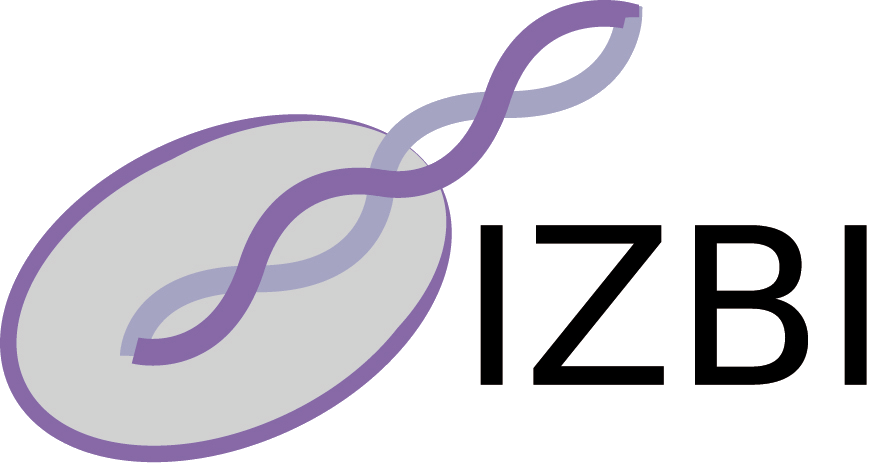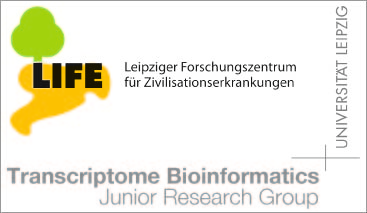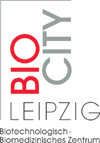Publications - Published papers
Please find below publications of our group. Currently, we list 565 papers. Some of the publications are in collaboration with the group of Sonja Prohaska and are also listed in the publication list for her individual group. Access to published papers ( ) is restricted to our local network and chosen collaborators.
If you have problems accessing electronic information, please let us know:
) is restricted to our local network and chosen collaborators.
If you have problems accessing electronic information, please let us know:
 ) is restricted to our local network and chosen collaborators.
If you have problems accessing electronic information, please let us know:
) is restricted to our local network and chosen collaborators.
If you have problems accessing electronic information, please let us know:©NOTICE: All papers are copyrighted by the authors; If you would like to use all or a portion of any paper, please contact the author.
Modeling amino acid substitution patterns in orthologous and paralogous genes
Gavin C. Conant, Günter P. Wagner, Peter F. Stadler
Download
Status: Published
Mol. Phylog. Evol. 42: 298-307 (2007)
Abstract
We ask whether the relative rates of substitution between amino acid residues vary between genes. Using 10 alignments of related sequences (five of orthologous genes and 5 gene families), we indeed find that the selective constraints than shape protein evolution vary between the genes in our sample. We use two models of protein-coding gene evolution in this study. The first divides the amino acids into groups, with one substitution rate for pairs of residues in the same group and a second for those in differing groups. The second model makes substitution rates a function of the physical and chemical similarity between two residues. We also study to what degree substitution patterns vary at different points in the history of a gene or gene family. We discuss these differences by comparing the patterns seen in orthologous genes to those seen among paralogs. We find that proteins of differing function do indeed show divergent patterns of amino acid substitution, as judged by both of our models of evolution. Moreover, the differences seen can in some cases be explained in terms of the proteins function. Thus, paralogs of actin and of myosin show strong selection against substitutions which alter residue charge, which we hypothesize results from the requirement that these proteins undergo protein-protein interactions over large percentages of their surfaces. We also find that patterns of amino acid substitution vary temporally within the history of a given gene or gene family. However, it does not appear that the variation is greater in paralogous genes (which may have evolved novel functions) than in orthologous proteins (which, in our analysis, are generally limited to a single function).
Keywords
substitution rates, protein evolution, paralogous genes















